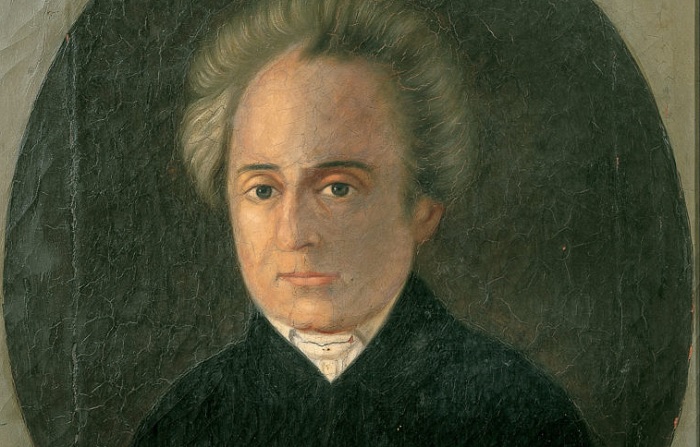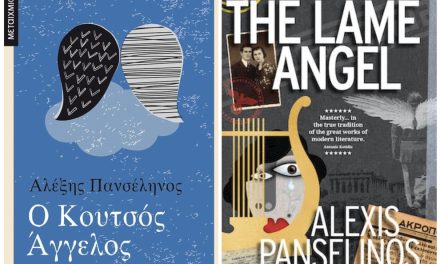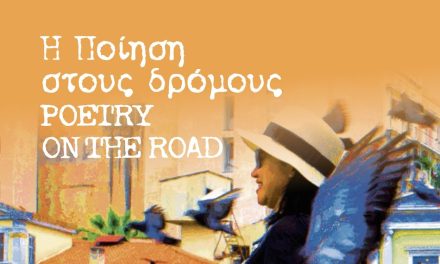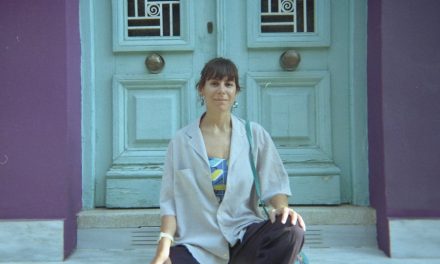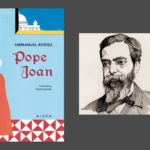On April 15, 1825, the invading Ottoman armies besieged the city of Messolonghi for the third time. The defenders managed to keep the city for almost one year, yet a number of factors such as the numerically superior strength of the Ottomans, the continuous assaults and the lack of food and other supplies led them to decide to make one last desperate attempt at freedom. On the night of 10 April 1826, they opened the gates of the city and each and every last person inside the city came out to fight one last battle, in hopes that the women and children would manage to escape. The siege and the subsequent sortie were one of the most stirring events of the Greek Revolution and in fact the besieging forces were so overwhelming that there was no doubt about the result of the struggle.
Inspired by this crucial conflict of the Greek War of Independence, The Free Besieged is considered one of the greatest poems of Dionysios Solomos, “the greatest Greek poem ever written” in the words of Bruce Merry. It is an epic unfinished work, which consists of three separate poems in fragmentary form, written in a period of more than twenty years. The first poem in chronological order, is considered to be a lyric draft. Then the work is progressively advancing to a more epic form, with the second poem written in rhyming decapentasyllable and the final one a decapentasyllable without rhyme. The three fragments are linked together by short narrative passages in prose.
The Free Besieged does not have a continuous narrative, but consists of a series of scenes and glimpses that occurred during the last days of the siege. The central theme, according to Solomos’ notes, is the defenders’ power of the will, which is tested by a number of afflictions. Indeed, apart from the armed conflicts, the defenders also had to undergo a spiritual struggle against those that threaten to weaken their resistance. It wan not only their physical condition of starvation and destitution, but also the far more subtle and insidious effect on them of the spell cast by nature itself: the work is set in the last days of the siege, just before the Easter of 1826, during springtime, and two of its sections are dedicated to the beauty of spring. Thus, at one time the poet describes pastoral scenes of peace which are suddenly disrupted by a bugle call, faintly blown by one of the defending soldiers, to waken and rescue their souls from ‘enchantment’.
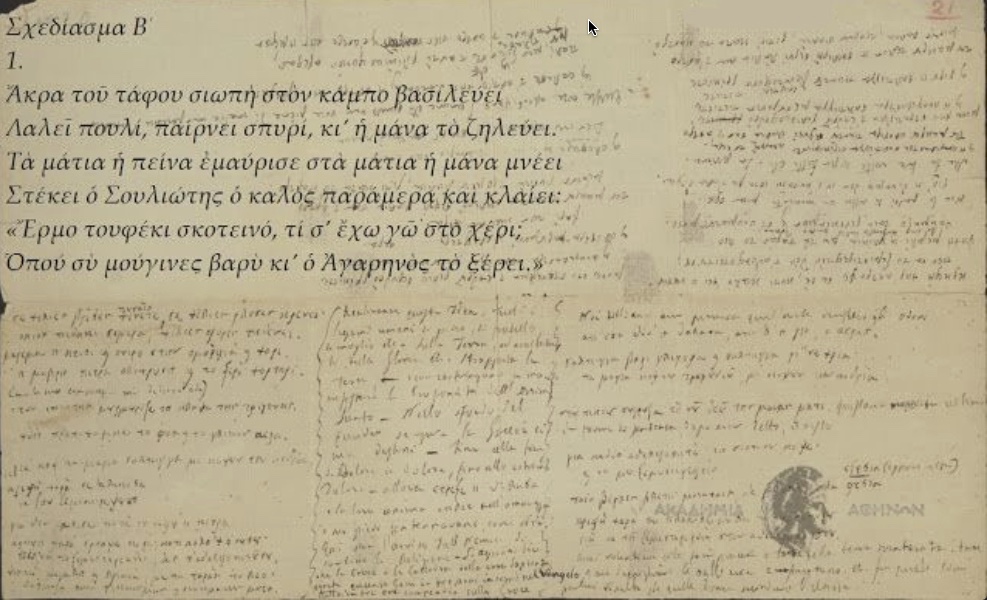
Thus, the besieged, according to Solomos, become truly free because of their spiritual victory over all their trials. This was described by the poet as an inner freedom of the will.
The Poet
Dionysios Solomos (1798–1857) is considered to be Greece’s national poet, not only because he wrote the national anthem but also because he contributed to the preservation of earlier poetic tradition and highlighted its usefulness to modern literature. A central figure of the Heptanese School of poetry, the Zakynthian-born poet, was recognised as a pioneer thanks to his passion to nurture the demotic language and combine the Cretan literature with the demotic songs. He was also the first Greek poet of European stature since the seventeenth century. He came on the scene during the flourishing of Romanticism and was a near contemporary of a number of European Romantic poets, such as Byron, Shelley, Keats, Heine, Manzoni, Leopardi, Hugo and Pushkin.
His best-known poem, Hymn to Liberty (1823), became the Greek national anthem. However, as he claimed himself, the wide appreciation of the Hymn to Liberty operated against his other important works, like The Free Besieged, The Whale, The Woman of Zakynthos and Lampros. Solomos’ mature poetry is fascinating for its philosophical themes and for the poet’s never-ending struggle for expression. His greatest poems were never completed. Although he did not deliberately leave them unfinished, his reluctance to complete them sprang from a Romantic desire to transcend limits and avoid fixed form. The Free Besieged, in particular, is an “organic” poem: its twenty-year gestation followed the development of the poet’s philosophical outlook and poetic technique.
A.R.

